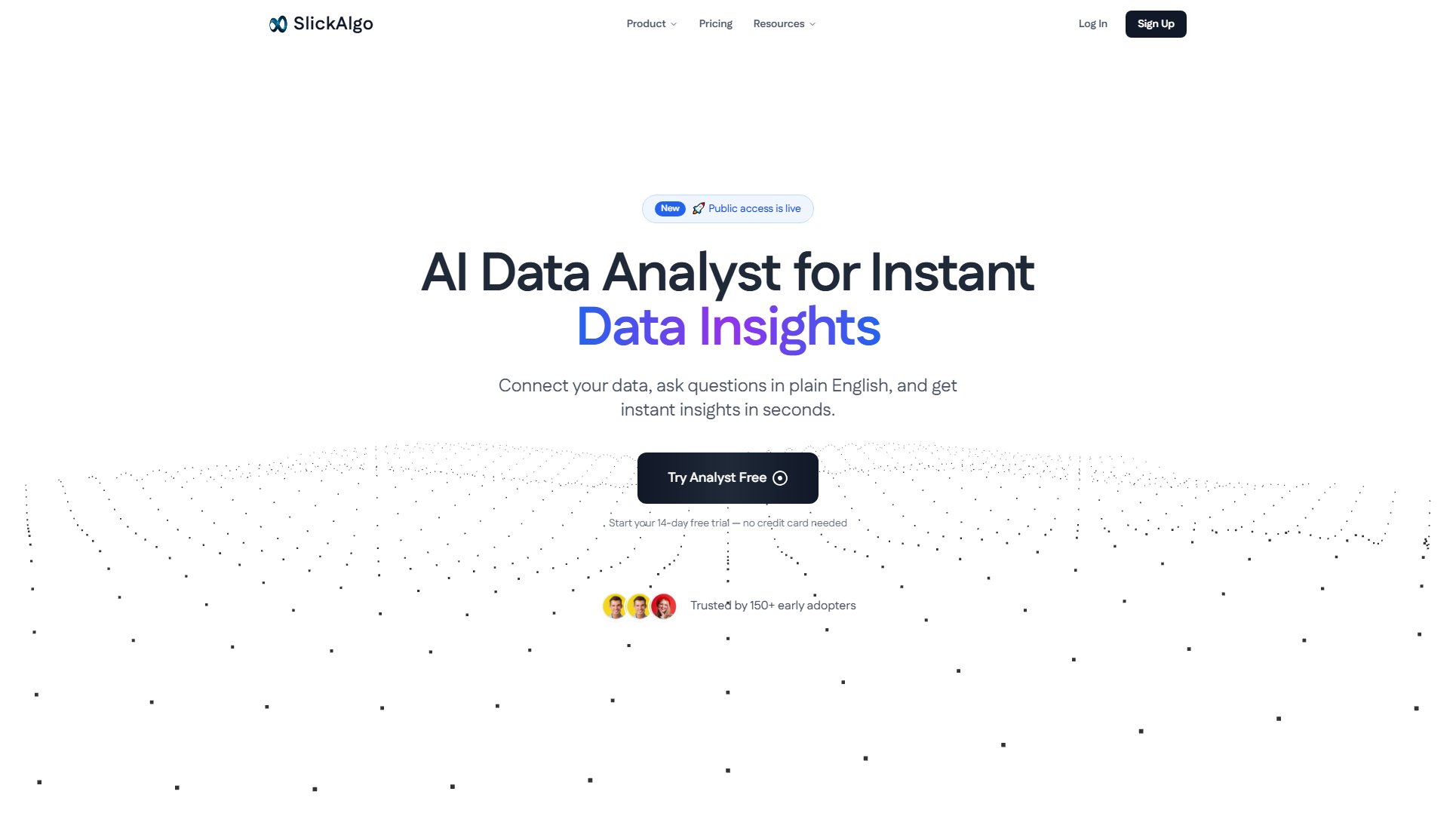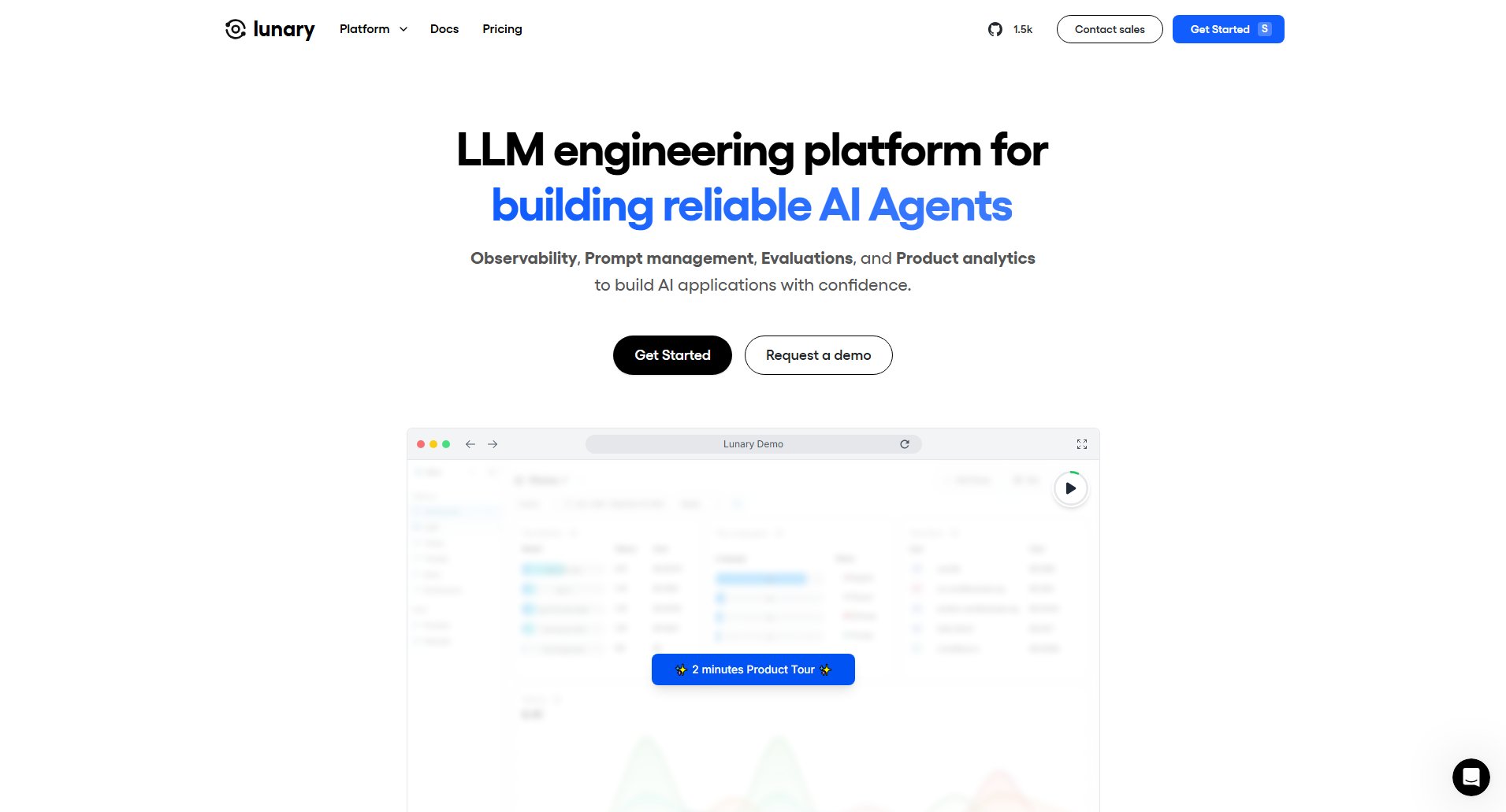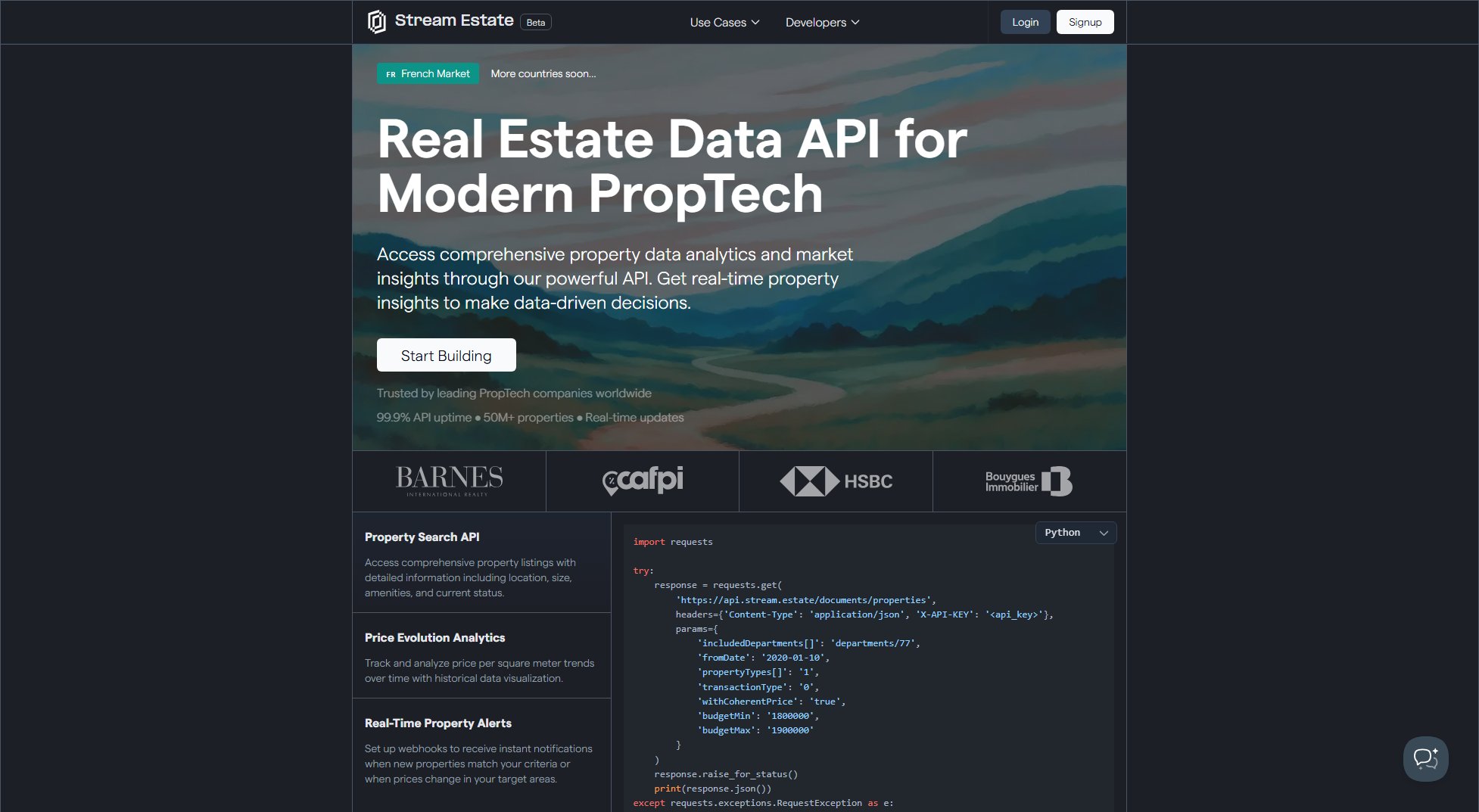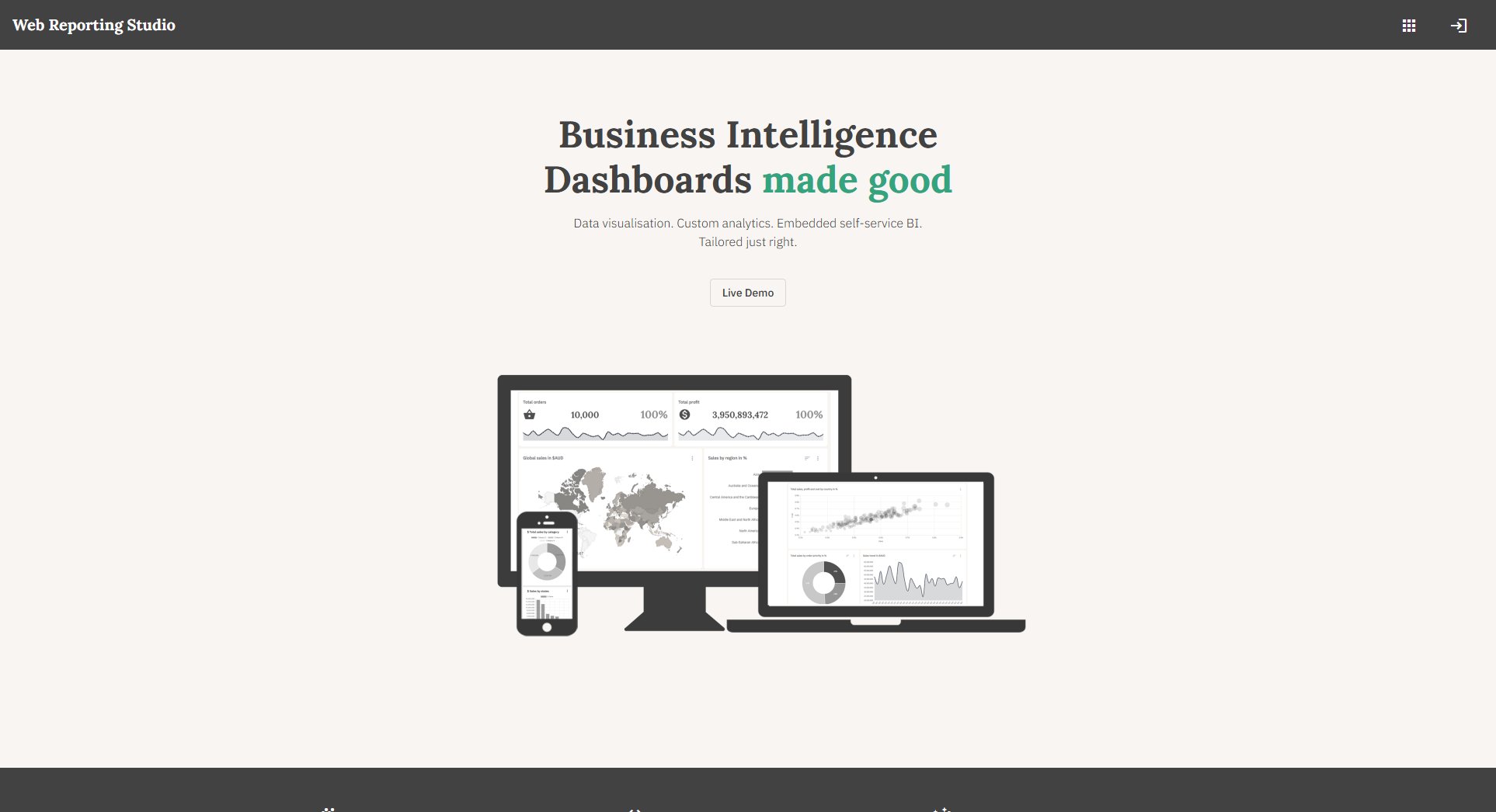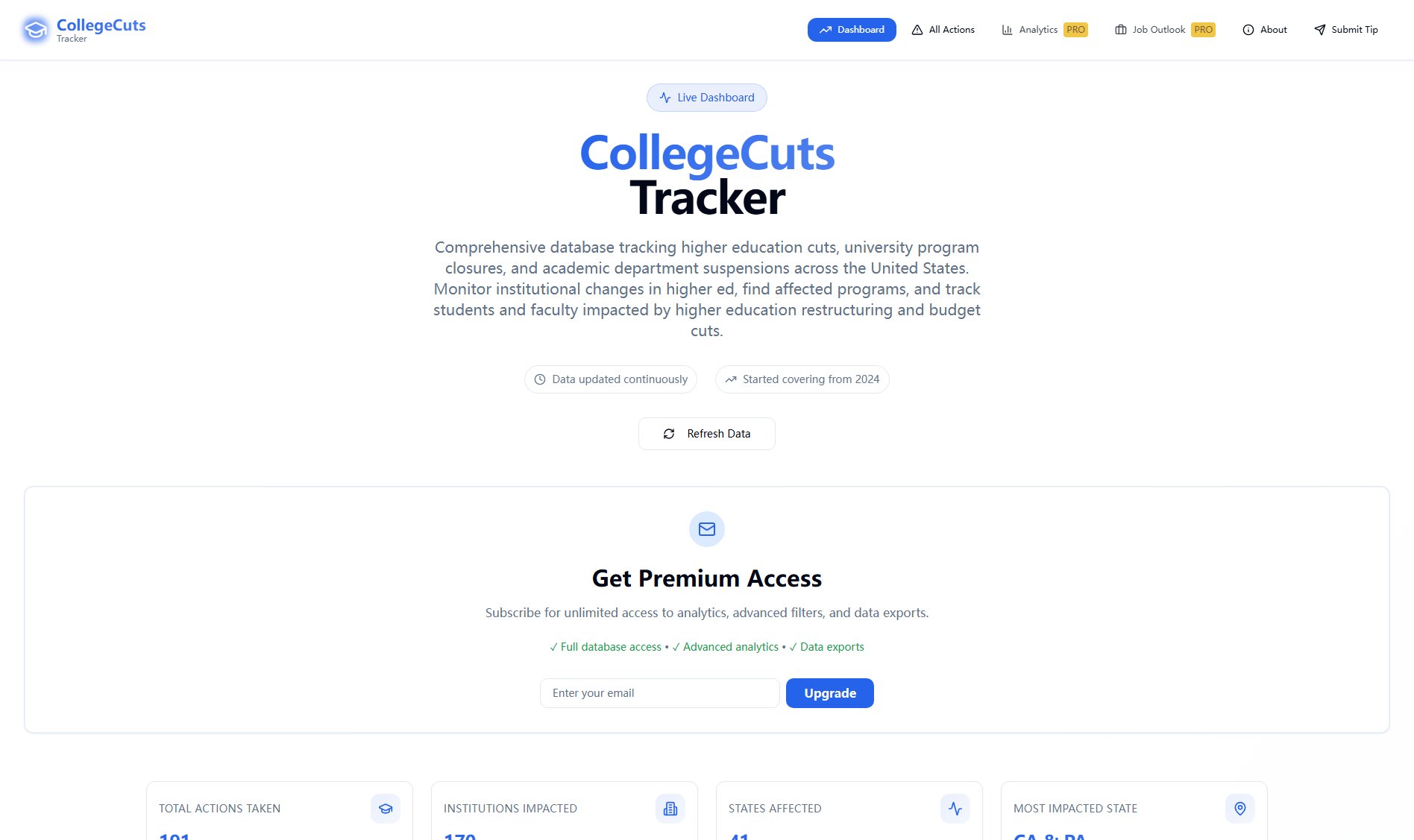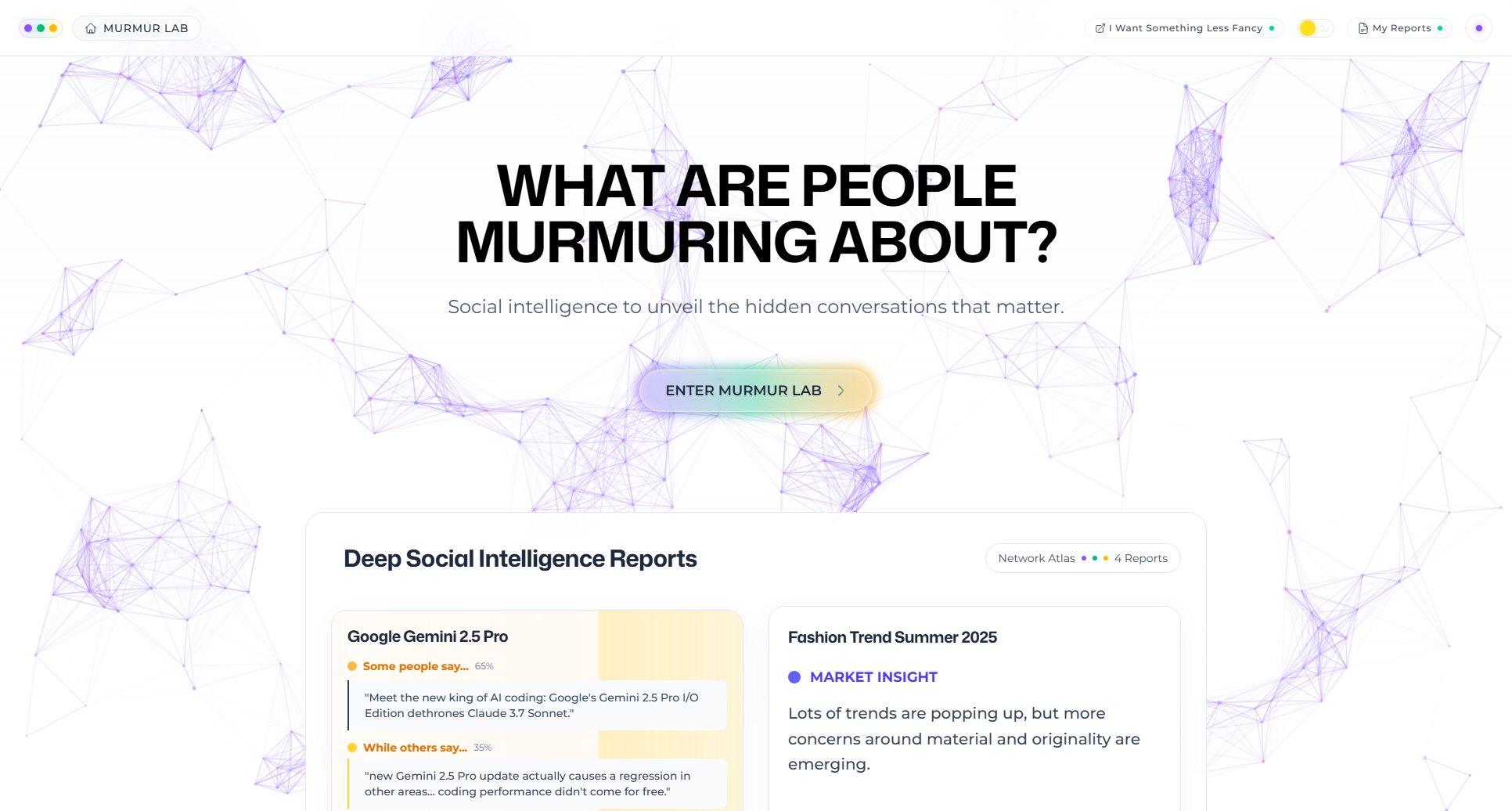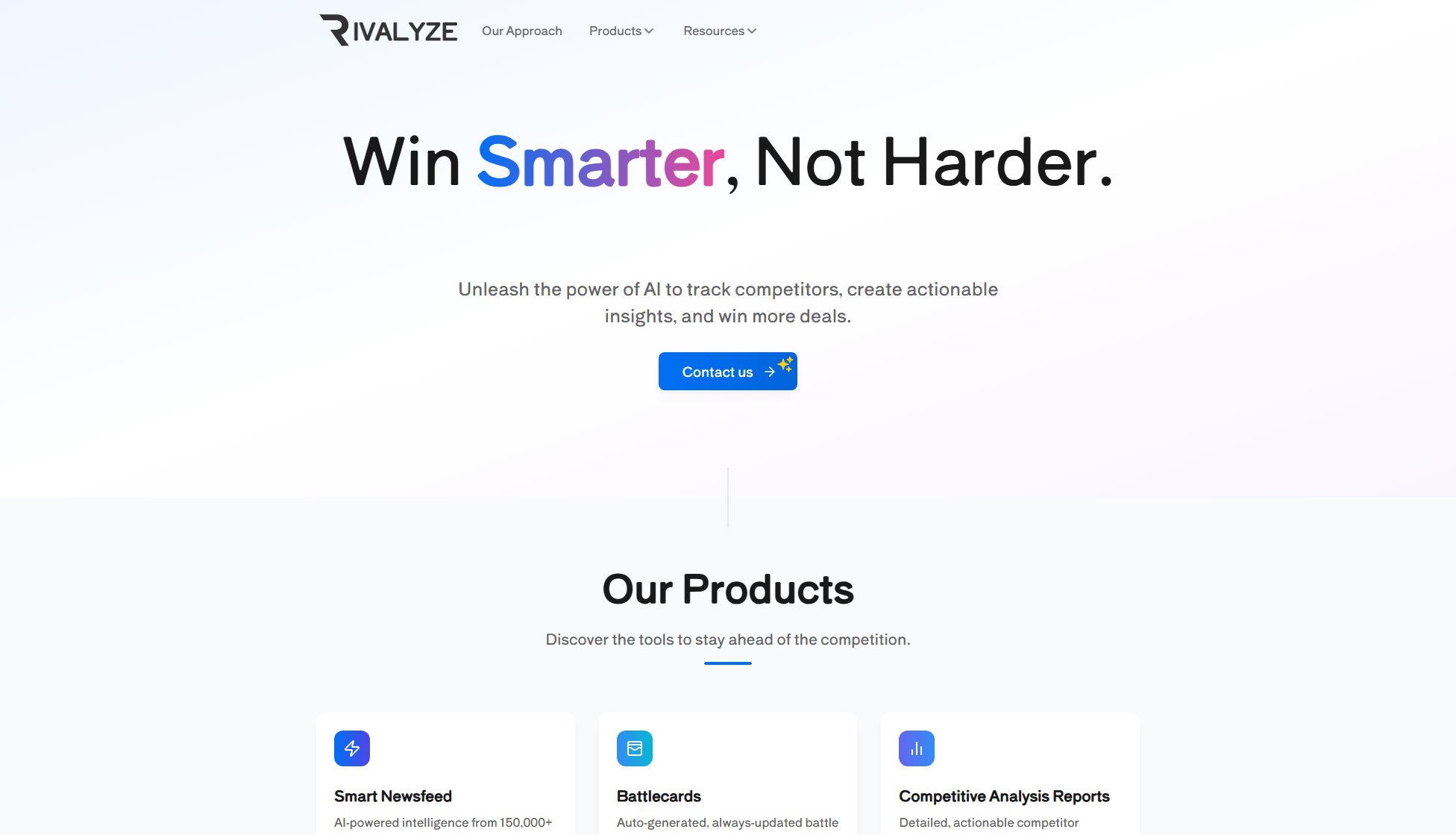Data on Demand
Predictive analytics for ecommerce, logistics, finance, and manufacturing
What is Data on Demand? Complete Overview
Data on Demand (DOD) is a cutting-edge predictive analytics tool designed to transform how businesses handle data-driven decision-making. It leverages historical data, seasonality, and external factors to generate accurate forecasts, enabling proactive procurement, optimized inventory management, and enhanced operational efficiency. DOD serves a wide range of industries, including ecommerce, logistics, finance, consumer goods, and manufacturing, by providing real-time insights and minimizing inefficiencies such as excess inventory or production downtime. Whether you're a small business or a large enterprise, DOD empowers you to make informed decisions swiftly and accurately.
Data on Demand Interface & Screenshots
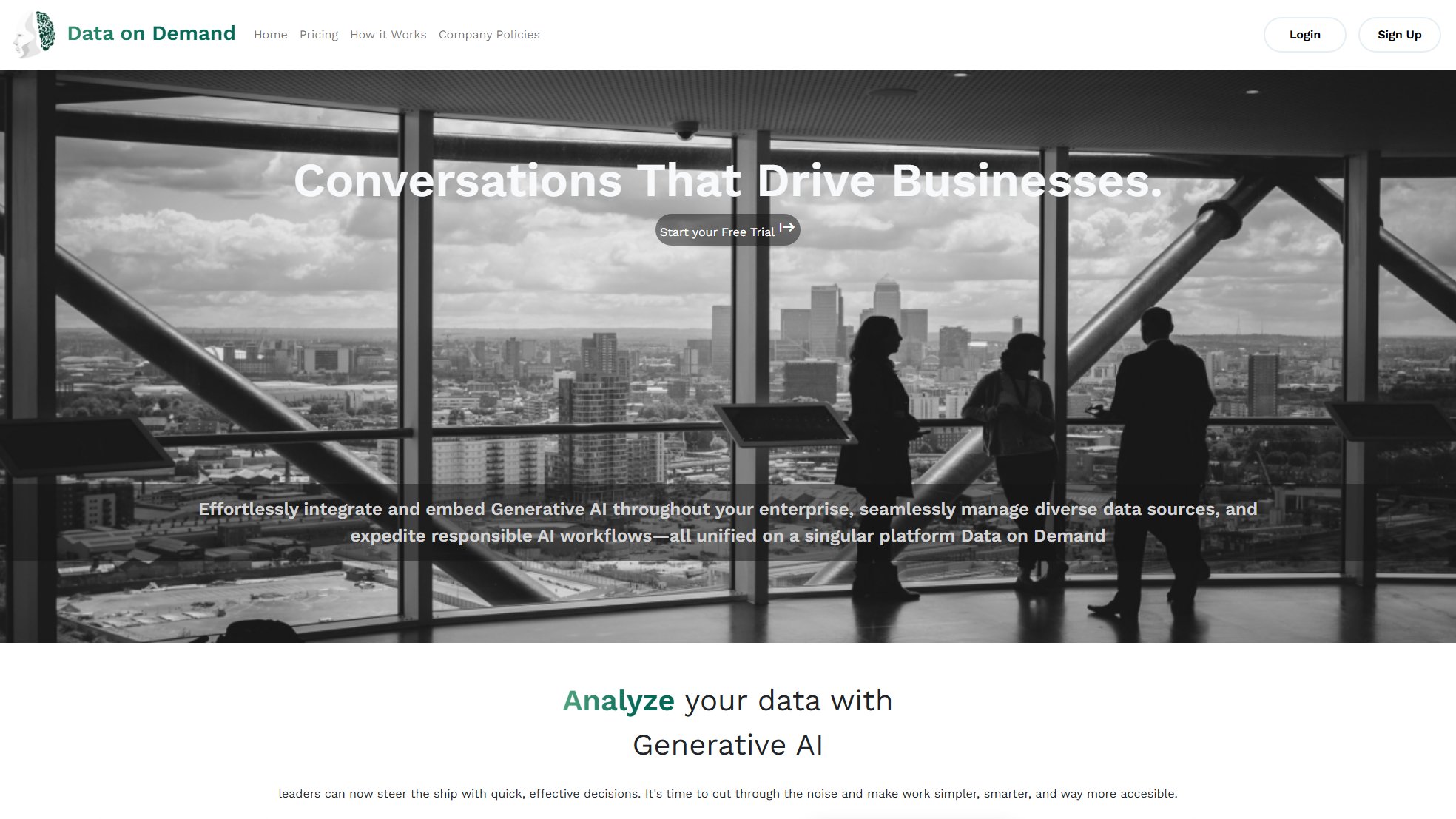
Data on Demand Official screenshot of the tool interface
What Can Data on Demand Do? Key Features
Predictive Analytics for Ecommerce
DOD utilizes advanced predictive analytics to forecast future demand based on historical sales data, seasonality, and external market factors. This feature helps ecommerce businesses optimize inventory levels, preventing both overstocking and stockouts, thereby improving customer satisfaction and operational efficiency.
Real-time Logistics Insights
Gain real-time visibility into shipments, supplier details, and transportation modes. This feature enhances logistics operations by providing actionable insights that streamline supply chain management and reduce delays.
Financial Data Access
DOD provides instant access to accurate financial data, enabling quick and informed decision-making. This feature is crucial for finance teams needing up-to-date information to manage budgets, forecasts, and financial planning.
Consumer Demand Prediction
Improve accuracy in predicting consumer demand for produced goods. This feature minimizes surplus or shortages, ensuring that businesses meet customer needs without unnecessary waste.
Manufacturing Optimization
Enhance production planning with predictive analytics that minimize downtime and optimize resource allocation. This feature helps manufacturers maintain efficient operations and reduce costs.
Multi-format Data Support
DOD supports a wide range of file formats including Excel, CSV, PDF, TXT, DOCX, HTML, and EML. This flexibility ensures that businesses can analyze data from various sources without compatibility issues.
Best Data on Demand Use Cases & Applications
Ecommerce Inventory Management
An online retailer uses DOD to predict seasonal demand for products, ensuring optimal stock levels during peak shopping periods and avoiding overstocking during off-seasons.
Logistics Route Optimization
A logistics company leverages DOD's real-time insights to optimize delivery routes, reducing fuel costs and improving delivery times.
Financial Forecasting
A finance team uses DOD to access up-to-date financial data, enabling accurate quarterly forecasts and budget adjustments.
Consumer Goods Demand Planning
A consumer goods manufacturer relies on DOD to predict demand trends, minimizing production waste and ensuring product availability.
How to Use Data on Demand: Step-by-Step Guide
Sign up for an account on the Data on Demand website and choose a pricing plan that suits your business needs.
Upload your data files in supported formats such as Excel, CSV, PDF, or DOCX to the platform.
Configure your predictive analytics parameters, including historical data ranges, seasonality adjustments, and external factors.
Run the analysis and review the generated forecasts and insights in real-time.
Export the results or integrate them with your existing business intelligence tools for further action.
Data on Demand Pros and Cons: Honest Review
Pros
Considerations
Is Data on Demand Worth It? FAQ & Reviews
DOD supports a variety of file formats including Excel, CSV, PDF, TXT, DOCX, HTML, and EML, ensuring compatibility with most business data sources.
Yes, DOD offers a free plan with limited file size allowances for HTML, text, PPT, and PDF files. Upgrading to a paid plan increases these limits.
DOD's predictive analytics are highly accurate, leveraging historical data, seasonality, and external factors to generate reliable forecasts tailored to your business needs.
Yes, DOD allows for integration with various business intelligence tools, enabling seamless data flow and enhanced decision-making capabilities.
DOD is particularly beneficial for ecommerce, logistics, finance, consumer goods, and manufacturing industries, where accurate data forecasting and real-time insights are crucial.
